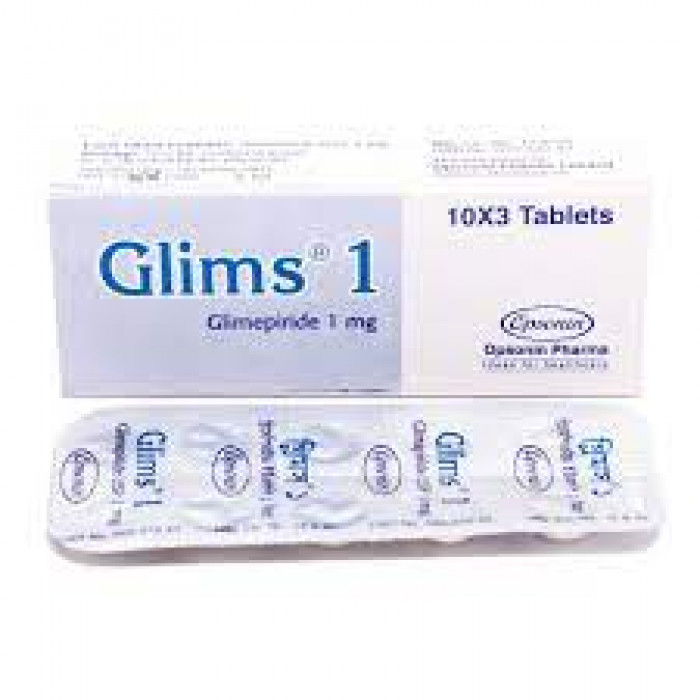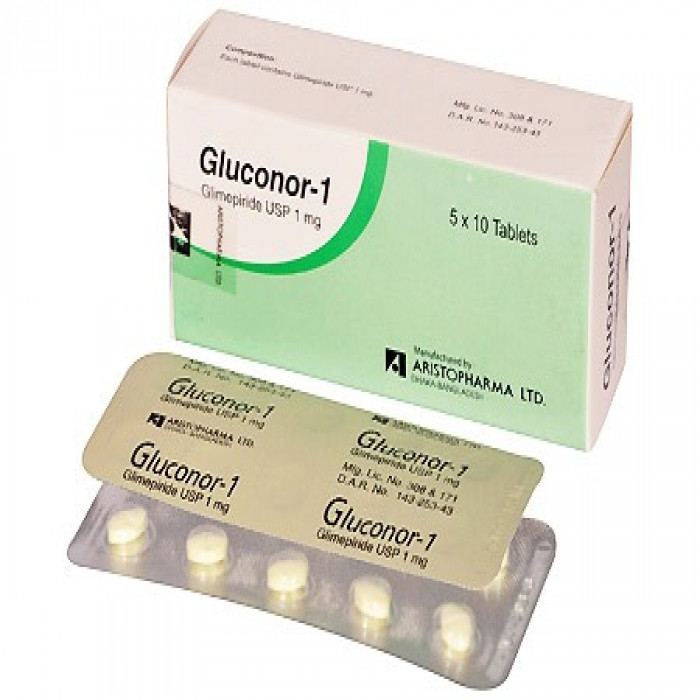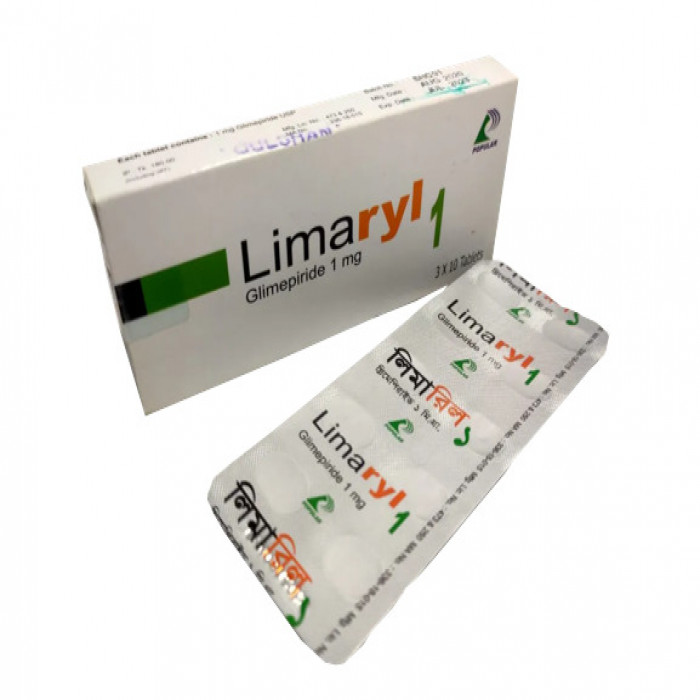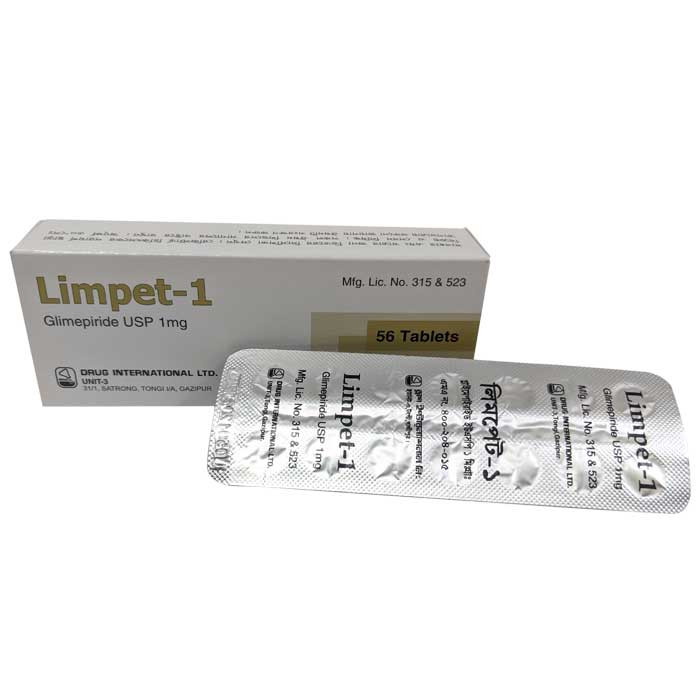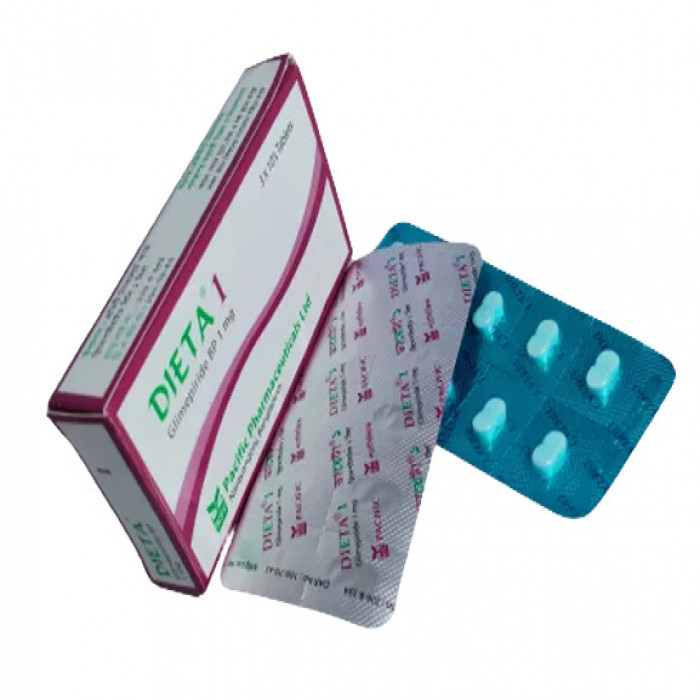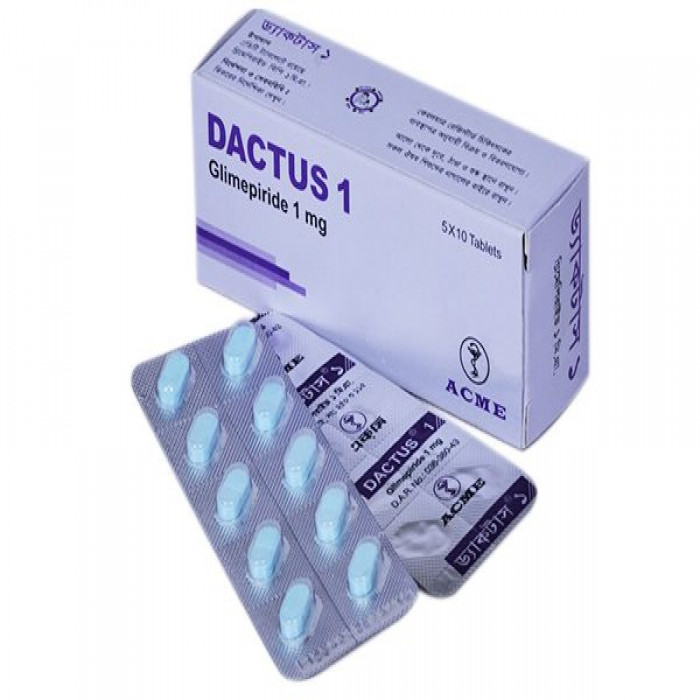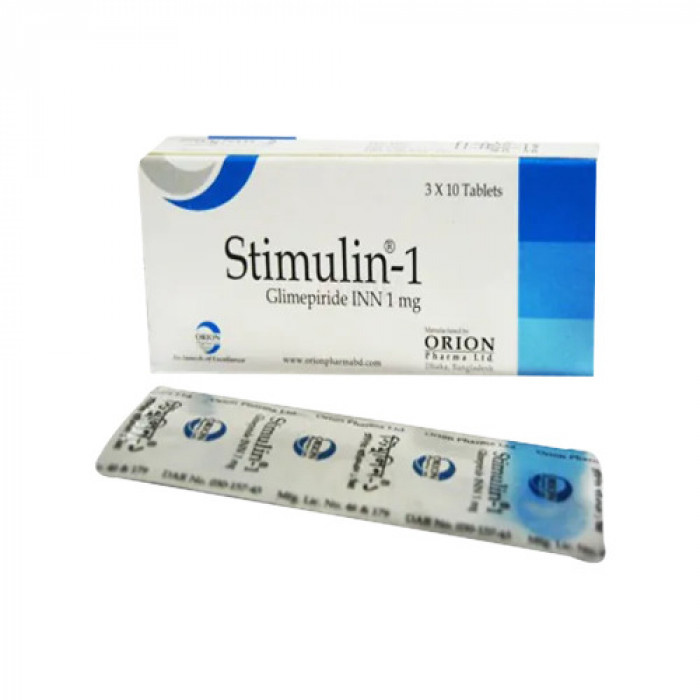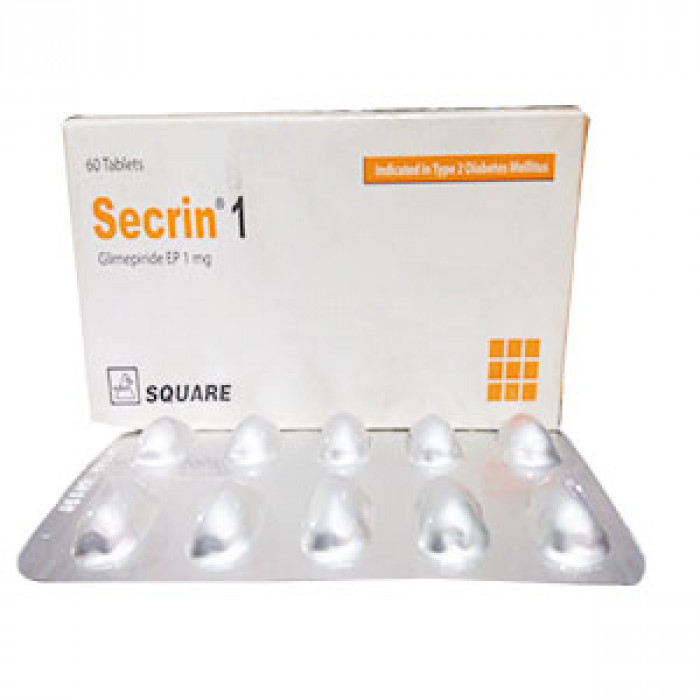
✔ 100% Authentic Product
👁️ Currently Viewing 1836
Secrin 1mg 10pcs
Tablet Manufacturer/Distributor: Square Pharmaceuticals Ltd. Generic Name: Glimepiride 1 mg Tablet
Discount
Price: ৳ 56
MRP:
৳
60
6%
Off

100% Genuine Products, Guaranteed

Safe & Secure Payments, Always

Fast, Secure & Efficient Delivery

Proper Packaging
 Cash on Delivery - All over Bangladesh
Cash on Delivery - All over Bangladesh Regular Delivery - 12-24 Hours, Dhaka City* Charge Tk.39-59
Regular Delivery - 12-24 Hours, Dhaka City* Charge Tk.39-59 Regular Delivery - 24-48 Hours, Other Cities* Charge Tk.99-110
Regular Delivery - 24-48 Hours, Other Cities* Charge Tk.99-110
 ফ্রি ডেলিভারিঃ - ৯৯৯ টাকা+ অর্ডারে, ঢাকা
শহরে
ফ্রি ডেলিভারিঃ - ৯৯৯ টাকা+ অর্ডারে, ঢাকা
শহরে ফ্রি ডেলিভারিঃ - ২৯৯৯ টাকা+ অর্ডারে, ঢাকার
বাহিরে
ফ্রি ডেলিভারিঃ - ২৯৯৯ টাকা+ অর্ডারে, ঢাকার
বাহিরে
100% Genuine Products, Guaranteed
Safe & Secure Payments, Always
Fast, Secure & Efficient Delivery
Proper Packaging
 Cash on Delivery - All over Bangladesh
Cash on Delivery - All over Bangladesh Regular Delivery - 12-24 Hours, Dhaka City* Charge Tk.39-59
Regular Delivery - 12-24 Hours, Dhaka City* Charge Tk.39-59 Regular Delivery - 24-48 Hours, Other Cities* Charge Tk.99-110
Regular Delivery - 24-48 Hours, Other Cities* Charge Tk.99-110 ফ্রি ডেলিভারিঃ - ৯৯৯ টাকা+ অর্ডারে, ঢাকা
শহরে
ফ্রি ডেলিভারিঃ - ৯৯৯ টাকা+ অর্ডারে, ঢাকা
শহরে ফ্রি ডেলিভারিঃ - ২৯৯৯ টাকা+ অর্ডারে, ঢাকার
বাহিরে
ফ্রি ডেলিভারিঃ - ২৯৯৯ টাকা+ অর্ডারে, ঢাকার
বাহিরে
✅ Description:
Indications of Secrin 1
Glimepiride is used to treat the following conditions: Glimepiride is used to treat noninsulin-dependent (Type II) diabetes mellitus (NIDDM) patients whose hyperglycemia cannot be controlled by diet and exercise alone.
When diet, exercise, and Glimepiride or metformin alone do not provide appropriate glycaemic control, Glimepiride or metformin can be administered together.
Glimepiride can also be used in conjunction with insulin to help individuals with hyperglycemia who are unable to regulate their blood sugar with diet and exercise alone or with an oral hypoglycemic medication. Combined use of Glimepiride and insulin may increase the potential for hypoglycaemia.
Pharmacology
Glimepiride is a sulfonylurea antidiabetic drug that lowers blood glucose levels. Glimepiride's principal mode of action appears to be dependent on increasing insulin secretion from functional pancreatic beta cells. Glimepiride works in tandem with glucose to improve beta cell sensitivity to a physiological glucose stimulation, which leads to insulin production. Glimepiride's activity may also be influenced by extrapancreatic effects such as reduced basal hepatic glucose production, improved peripheral tissue insulin sensitivity, and glucose uptake. In non-fasting diabetic patients, the hypoglycaemic action of a single dose of Glimepiride persists for 24 hours.
Dosage & Administration of Secrin 1
In principle, the dosage of Glimepiride is governed by the desired blood sugar level. The dosage of Glimepiride must be the lowest which is sufficient to achieve the desired metabolic control. The initial and the maintenance doses are set based on the results of regular check of glucose in blood and urine. Monitoring of glucose levels in blood and urine also serves to detect either primary or secondary failure of therapy.
Initial dose and dose titration: the usual initial dose is 1 mg once daily, if necessary, the daily dose can be increased. Any increase can be based on regular blood sugar monitoring, and should be gradual, i.e., at intervals of 1 to 2 weeks, and carried out stepwise, as follows: 1 mg -> 2 mg -> 3 mg -> 4 mg -> 6 mg.
Dose in patients with well controlled diabetes: the usual dose range in patients with well controlled diabetes is 1 to 4 mg daily.
Distribution of doses: Timing and distribution of doses are decided by the physician, in consideration of the patient's current life-style. Normally, a single daily dose is sufficient. This should be taken immediately before a substantial breakfast or if none is taken immediately before the first main meal. It is very important not to skip meals after taking the drug.
Secondary dosage adjustment: As control of diabetes improves, sensitivity to insuiin increases; therefore, Glimepiride requirement may fall as treatment proceeds. To avoid hypoglycaemia, timely dose reduction or cessation of Glimepiride therapy must be considered. A dose adjustment must also be considered whenever the patient's weight or life-styie changes, or other factors arise which cause an increased susceptibility to hypo or hyperglycaemia.
Changeover from other oral antidiabetics to Glimepiride: There is no exact dosage relationship between Glimepiride and other oral blood sugar lowering agents. When substituting Glimepiride for other such agents, the initial daily dose is 1 mg; this applies even in changeover from maximum dose of other oral blood sugar lowering agents. Any dose increase should be in accordance with guideline given above in 'initial dose and dose titration'. Consideration must be given to the potency and duration of action of the previous blood sugar lowering agent. It may be necessary to interrupt treatment to avoid additive effects which would increase the risk of hypoglycaemia.
Glimepiride tablet must be swallowed with sufficient amount of liquid.
Interaction of Secrin 1
The following interactions must be examined based on experience with Glimepiride and known interactions with other sulfonylureas.
ACE inhibitors, aminosalicylic acid, anabolic steroids and male sex hormones, azapropazone, chloramphenicol, ciofibrate, coumarin derivatives, cyclophosphamide, disopyramide, fenfluramine, fenyramidol, fibrates, fluconazole, fluoxetine, guanethidine, ifosfamide, MAO inhibitors, MAO
Acetazoiamide, barbiturates, calcium channel blockers, corticosteroids, diazoxide, diuretics, glucagon, isoniazid, laxatives, nicotinic acid (high doses), oestrogens, phenothiazines, phenytoin, progestagens, rifampicin, sympathomimetic agents, thyroid hormones are all drugs that may reduce Glimepiride
The blood-glucose-lowering impact of H2 receptor antagonists, beta-blockers, clonidine, and reserpine may be potentiated or weakened.
Concurrent medication with a beta-blocker, clonidine, guanethidine, or reserpine may conceal hypoglycaemic attack warning signals.
Glimepiride's activity may be potentiated or attenuated in unanticipated ways by acute and chronic alcohol consumption.
Contraindications
Glimepiride is not recommended for the treatment of insulin-dependent diabetes mellitus (type I), diabetic ketoacidosis, or diabetic coma. Patients who are hypersensitive to Glimepiride, other sulfonylureas, other sulfonamides, significant hepatic dysfunction, severe impairment of renal function, or dialysis patients should not take Glimepiride.
Side Effects of Secrin 1
Hypoglycemia, transient vision impairment, nausea, vomiting, diarrhoea, abdominal pain, urticaria, and a drop in blood pressure are all symptoms of hypoglycemia.
Pregnancy & Lactation
Glimepiride should not be used during pregnancy; instead, insulin should be used. Patients who are considering a pregnancy should tell their doctor and switch to insulin. The child may be harmed if Glimepiride is consumed while breast-feeding. As a result, women who are breastfeeding should avoid using Glimepiride. Either a switchover or a full stoppage of nursing is required.
Precautions & Warnings
The risk of hypoglycemia may be higher in the first few weeks of treatment, necessitating cautious monitoring. If such a danger exists, the dosage of Glimepiride may need to be adjusted. Hypoglycemia may nearly always be corrected with immediate carbohydrate ingestion (glucose or sugar).
Storage Conditions
Do not store at temperatures above 30°C. Keep out of the reach of youngsters and away from light.
⚠️Disclaimer:
At ePharma, we’re committed to providing accurate and accessible health information. However, all content is intended for informational purposes only and should not replace medical advice from a qualified physician. Please consult your healthcare provider for personalized guidance. We aim to support, not substitute, the doctor-patient relationship.





